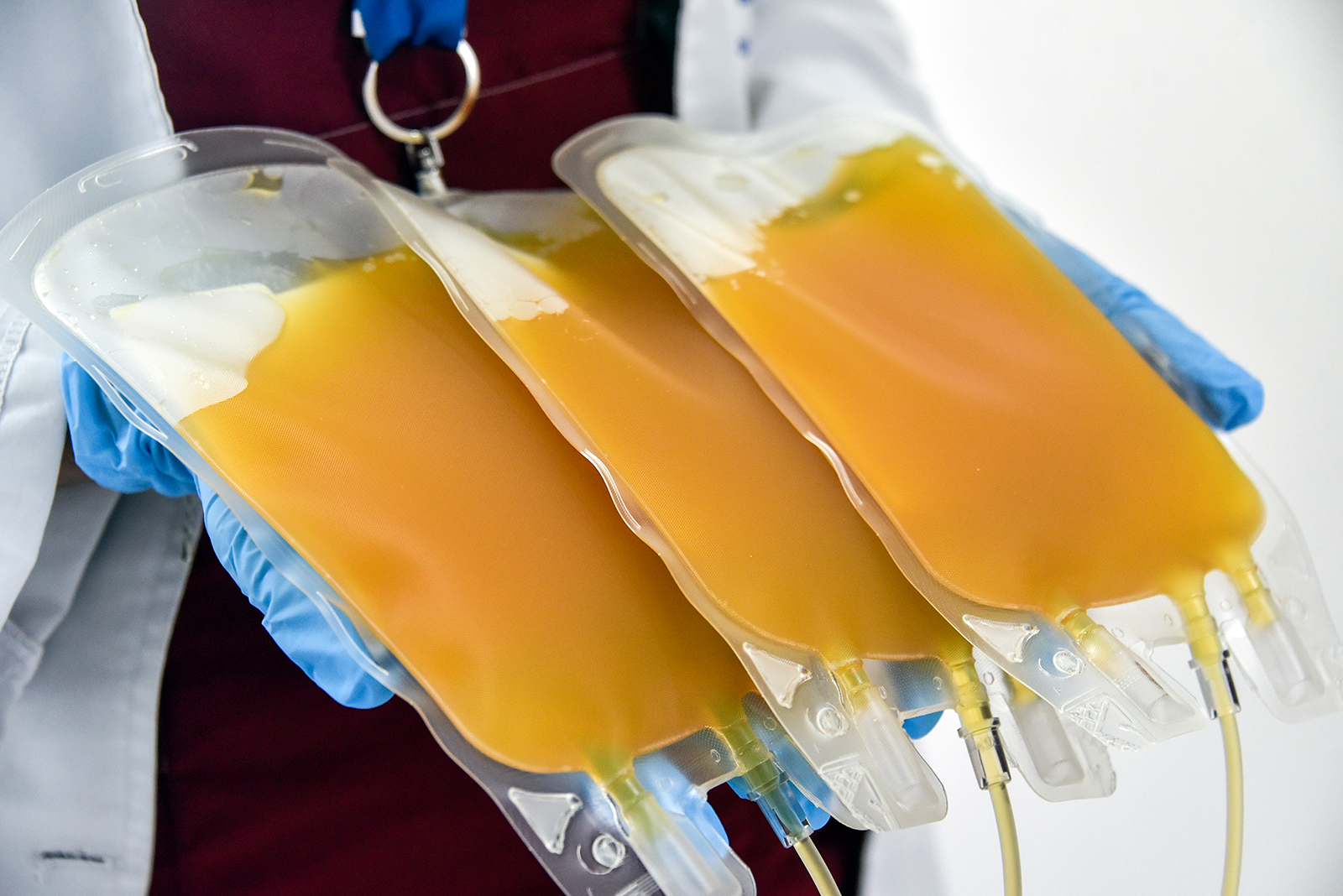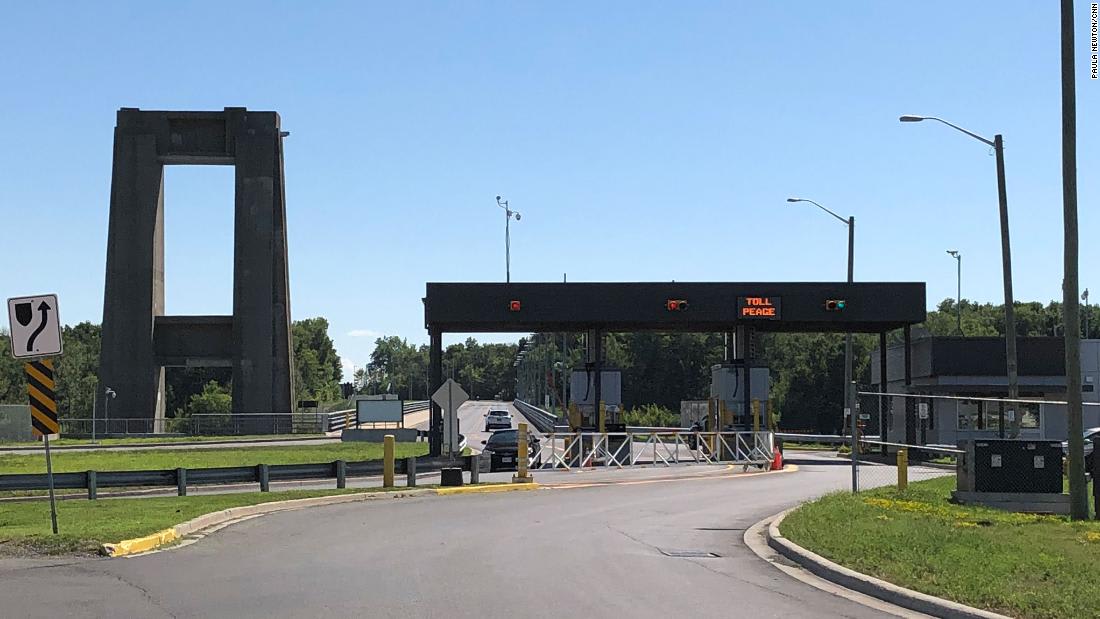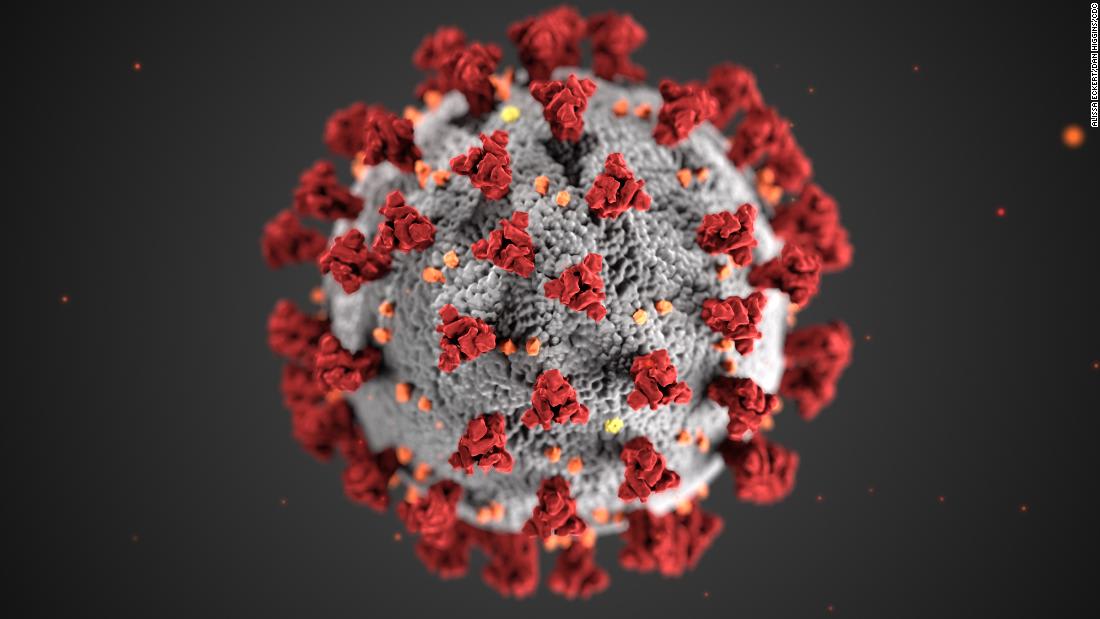
Schools are reopening -- and the virus is spreading across US college campuses.
At least 37 states are reporting positive Covid-19 cases at colleges or universities, making a total of more than 25,000 cases among students and campus staff.
The states are:
Alabama, Arizona, Arkansas, California, Colorado, Connecticut, Florida, Georgia, Hawaii, Illinois, Indiana, Iowa, Kansas, Kentucky, Louisiana, Maine, Maryland, Massachusetts, Michigan, Mississippi, Missouri, Nevada, New York, North Carolina, North Dakota, Ohio, Oklahoma, Pennsylvania, South Carolina, South Dakota, Tennessee, Texas, Utah, Virginia, West Virginia, Washington and Wisconsin.



